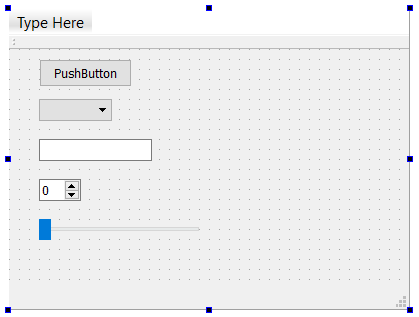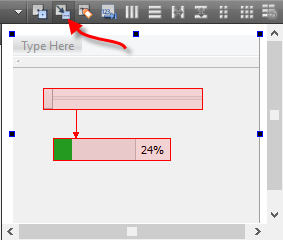Qt5 New Signals And Slots
- Qt New Signal Slot Syntax
- Qt5 Signals And Slots
- Qt Signal Slot Example
- Qt Signals And Slots Tutorial
- Qt Connect Class Slots To Designer Signals
- Signals And Slots
- Qt5 Signals And Slots C++
- Qt5 New Signals And Slots Online
Home > Articles > Programming > C/C++
␡- Signals and Slots in Depth
- Connecting overloaded signals and slots in Qt 5. Ask Question Asked 6 years, 5 months ago. Active 1 month ago. Viewed 45k times 117. I'm having trouble getting to grips with the new signal/slot syntax (using pointer to member function) in Qt 5, as described in New Signal Slot Syntax. I tried changing this: QObject::connect(spinBox, SIGNAL.
- Qt5 new signals-slots syntax does not work SOLVED Planned maintenance has been done but it did not solve the problem. So work will continue on this and a new time for trying updates will be announced asap.
Qt New Signal Slot Syntax

Qt5 Signals And Slots
This is the sequel of my previous article explaining the implementation details of the signals and slots. In the Part 1, we have seen the general principle and how it works with the old syntax.In this blog post, we will see the implementation details behind the new function pointer based syntax in Qt5. The website is operated and managed by EveryMatrix Ltd., a company bearing registration number C44411, and having its registered address at Level 5, Suite slots and signals qt 1A, Portomaso Business Tower, Vjal Portomaso, St. Julians, STJ 4012, Malta and by EveryMatrix slots and signals qt N.V., a limited liability company incorporated under the laws of Curacao, bearing company registration.
You can try out and become familiar with all the roulette games and their features, and practice various roulette-gaming techniques risk free. Free online casino russian roulette. And once you feel confident with playing these free roulette games, you can try your luck and play exactly the same roulette games for real money on the online casino sites recommended by us.Play free roulette without registrationCasinoGames77 offers you not only a selection of the best free casino games such as roulette games, but we also offer you gaming privacy.

This chapter is from the book
This chapter is from the book
Signals and Slots in Depth
The signals and slots mechanism is fundamental to Qt programming. It enables the application programmer to bind objects together without the objects knowing anything about each other. We have already connected some signals and slots together, declared our own signals and slots, implemented our own slots, and emitted our own signals. Let's take a moment to look at the mechanism more closely.
Slots are almost identical to ordinary C++ member functions. They can be virtual; they can be overloaded; they can be public, protected, or private; they can be directly invoked like any other C++ member functions; and their parameters can be of any types. The difference is that a slot can also be connected to a signal, in which case it is automatically called each time the signal is emitted.
The connect() statement looks like this:
where sender and receiver are pointers to QObjects and where signal and slot are function signatures without parameter names. The SIGNAL() and SLOT() macros essentially convert their argument to a string.
In the examples we have seen so far, we have always connected different signals to different slots. There are other possibilities to consider.
One signal can be connected to many slots:
When the signal is emitted, the slots are called one after the other, in an unspecified order.
Many signals can be connected to the same slot:
When either signal is emitted, the slot is called.
A signal can be connected to another signal:
When the first signal is emitted, the second signal is emitted as well. Apart from that, signal–signal connections are indistinguishable from signal–slot connections.
Connections can be removed:
This is rarely needed, because Qt automatically removes all connections involving an object when that object is deleted.
To successfully connect a signal to a slot (or to another signal), they must have the same parameter types in the same order:
Qt Signal Slot Example
Exceptionally, if a signal has more parameters than the slot it is connected to, the additional parameters are simply ignored:
If the parameter types are incompatible, or if the signal or the slot doesn't exist, Qt will issue a warning at run-time if the application is built in debug mode. Similarly, Qt will give a warning if parameter names are included in the signal or slot signatures.
Qt Signals And Slots Tutorial
So far, we have only used signals and slots with widgets. But the mechanism itself is implemented in QObject and isn't limited to GUI programming. The mechanism can be used by any QObject subclass:
Notice how the setSalary() slot is implemented. We emit the salaryChanged() signal only if newSalary != mySalary. This ensures that cyclic connections don't lead to infinite loops.
Qt Connect Class Slots To Designer Signals
Related Resources
Signals And Slots
- Book $31.99
Qt5 Signals And Slots C++
- Book $35.99
Qt5 New Signals And Slots Online
- Book $43.99